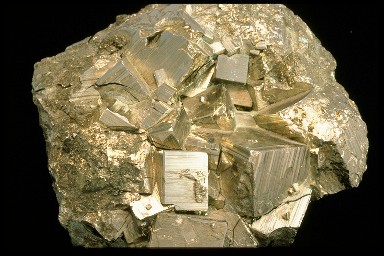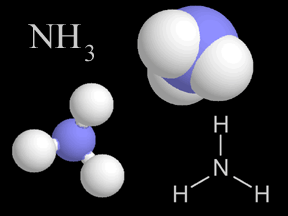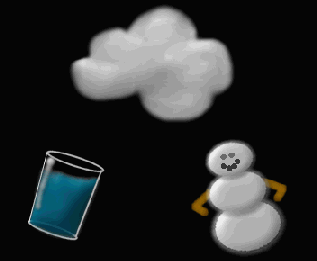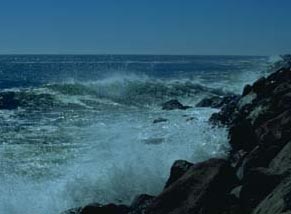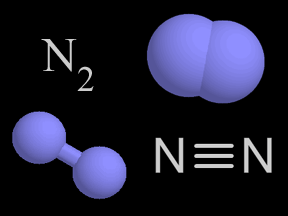Click on image for full size
Image courtesy of the University Corporation for Atmospheric Research.
Gas
Gas is one of the four common states of matter. The three others are liquid, solid, and plasma. There are also some other exotic states of matter that have been discovered in recent years.
The air in Earth's atmosphere is mostly a mixture of different types of gases. A gas usually has much lower density than a solid or liquid. A quantity of gas doesn't have a specific shape; in this way it is like a liquid and different from a solid. If a gas is enclosed in a container, it will take on the shape of the container (a liquid will too).
The volume of a gas changes if the temperature or pressure changes. There are several scientific laws, called the "gas laws", that describe how the volume, temperature, and pressure of a gas are related.
The molecules or atoms in a gas are much further apart than in a solid or a liquid. Gas molecules or atoms are usually flying around at very high speeds, occasionally bouncing off each other or the walls of the container the gas is in.
When a gas is cooled or placed under high pressure, it can condense and turn into a liquid. If a liquid boils or evaporates, it will become a gas. Under some circumstances, usually very low pressure, a solid can turn directly into a gas (without first melting and becoming a liquid). When a solid turns directly into a gas, it is called "sublimation".
Most of the air in Earth's atmosphere is either nitrogen or oxygen gas. Balloons are often filled with helium gas; since helium is lighter (less dense) than air, helium balloons "float" or rise up in air. When liquid water boils or evaporates, it turns into a gas called "water vapor". Most of the gas in the atmospheres of the giant planets Jupiter and Saturn is hydrogen gas. In recent years, carbon dioxide gas has become quite famous because of its role in the Greenhouse Effect and global warming.







